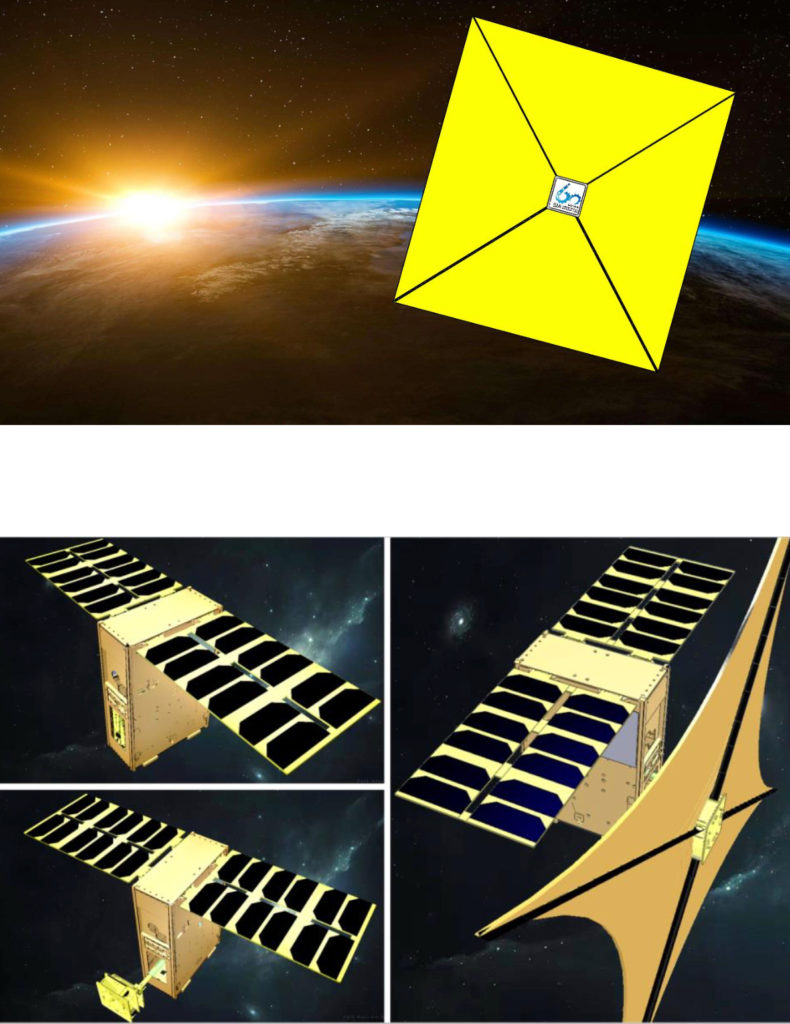China in Africa
Kenya initiates flower trade with China
11,550 flowers, including roses, hydrangea and lilies, were transported on a charted flight from Nairobi and landed in the airport of Changsha, capital of Hunan province, after 14 hours in the air. Kenyan roses are very popular among Chinese consumers due to their high quality and rich variety.
Xinhua news release, February 28, 2020
Xinhua News Agency to launch first artificial intelligence news anchorwoman in March
The name of the new member of the news team is XIN Xiaomeng. She was created by Xinhua News Agency and the search engine Sogou and will make her debut during two sessions of the Chinese legislature meeting in March. She will be accompanied by a male AI trained in...
Chinese researchers address biosecurity related to the belt-and-road initiative (BRI)
In a review in Currrent Biology published on January 24, researchers around LI Yiming of CAS Institute of Zoology discuss evidence that economic corridors between core cities and key ports along traditional international transport routes may also lead to the...
People’s Daily announces China’s top 10 S&T achievements in 2018
According to a rating by People’s Daily, an official newspaper of China’s communist party, the following 10 achievements were most noteworthy: Discovery of the first millisecond pulsar by China’s spherical radio telescope FASTSuccessful launch of the environmental...
China’s Chang’e-4 takes panoramic photo of lunar surface at far side of the moon
The image was sent back via the relay satellite Queqiao, which was operating around the second Lagrangian point of the earth-moon system, about 455,000 km from the earth, where it can see both the earth and the moon's far side. ©China National Space Agency CAS...
Kenya signs MOU with China on R&D cooperation
Under the MOU, the Ministry of Education, Science and Technology of Kenya and the Chinese Academy of Sciences will support a variety of science, technology, innovation and higher education cooperative activities between China and Africa in the areas of ecosystem and...
CAS Beijing Institute of Genomics develops dog database iDog
The database, jointly developed with CAS Kunming Institute of Zoology, hosts 127 resequenced dog genomes and a canine gene database. It is the first integrated resource dedicated to domestic dogs and wild canids, providing a variety of data services and online...
China’s Beidou-3 system is nearly complete and opens a “belt and road” corridor in space
Last week, China launched No. 18 and 19 of the Beidou-3 series satellites (BDS). The basic constellation of 20 Beidou-3 satellites will be completed by year's end. By then, the network will provide basic navigation service for countries or regions involved in the Belt...
Cloud-based and robot services spread in China
According to Guangzhou Daily, Chinese banks experiment with a combination of face identification and finger vein authentication for idendity protection at self-service terminals. Compared with other biometric technologies, finger vein authentication cannot be stolen....
Sino-Russian arctic expedition provides scientific support for “polar silk road”
Eleven Chinese researchers and 19 Russians participated in the second joint Sino-Russia Arctic expedition, which started in Russia's eastern port of Vladivostok on Sept 6. After overcoming extreme weather and traveling 12,000 kilometers, they returned to the port of...
Beijing aims at full application of connected cars for 2022 winter olympics
According to the Beijing Economic and Information Committee, Beijing Municipality wants to achieve full application of smart connected cars with automatic operation (L4 level) for the winter olympics in 2022. A demonstration system of efficient and safe traffic...
A short profile of China’s Aerospace Science and Technology Corporation, CASC
The State-owned space and defense company has over 170,000 employees, 8 own acadmies and a dozen listed companies. In revenues, it is number 4 in the world after Boeing, Airbus and Lockheed Martin. It is involved in the following activities. Space missions.From 1978 -...
Close to 1 billion Chinese use 4G and create a multi-billion IT business
According to China's National Bureau of Statistics, the number of 4G users at the end of 2017 was 977 million, 70.3% of all mobile phone users. In 5G, China is on top of the world with the development of standards and experiments. Optical broadband is becoming...
Six Chinese military trade companies at largest African Air Aeronatics and Defense Trade Show
At the 10th African Air Aeronautics and Defense Trade Show in Pretoria, among over 300 companies from 37 countries worldwide, there also was a China Defence mission with six military trade companies. Their emergence was widely noticed by the government, military...
Xinjiang has a 600 km long rare metal metallogenic belt
The Ministry of Science and Technology recently confirmed that the rare metal resources of Karakorum in Xinjiang are comparable to the rare metal metallogenic areas in western Sichuan. The exploration and evaluation was done both by remote sensing in the alpine region...
Food delivery robots tested in Shanghai
In some office buildings smart delivery robots are being tested to deliver food inside the building. The delivery robot is about half the height of a person. The customer places the order via his mobile phone, and the food delivery staff inserts the food and scans the...
Window-to-China
CAS Shenyang Institute of Automation develops novel image forgery detection technology
The new technology is based on an improved method to detect motion blur. A parameterized motion blur kernel is mapped into the 3D pose space of the camera to obtain a 3D pose set, and the intersection of the 3D pose sets (shared pose set) corresponding to multiple image patches is obtained. Compared with state-of-the-art methods, the detection accuracy of the proposed method is claimed to be improved by more than 20%.
“Agriculture 4.0” supported by drones and AI in Guizhou Province
On an area of 5,000 mu (approximately 333.3 hectares) with an average altitude of more than 2,200 meters at Wei Ning Yi Hui Miao Autonomous County, engineers seek lead technologies for vegetable production such as Chinese or white cabbage and radish. 5G-supported drones with multispectral equipment monitor crop growth, soil moisture and weather conditions and make decisions using an AI judgment system. Remote operation maintenance and quality tracing will be installed in Guiyang city. If the “smart farm” trial is successful, 400,000-mu (approximately 26,700 hectares) vegetable bases will also be built in all prefectures.
Japan JST China news, January 21, 2020
Beijing University of Sports tests “Smart Ice Field” for 2022 winter Olympics
In Heilongjiang Ice Base Speed Skating Pavilion, a model system acquires exercise information in real time based on AI technology. It automatically tracks the position on ice, draws the trajectory of the run, and calculates a speed-related index. The AI component is based on viewing angle algorithms and full panorama connection technology.
Japan JST China news, January 21, 2020
FAST radiotelescope in Guiyang officially in operation
The Five-hundred-meter Aperture Spherical radio Telescope (FAST), a single-dish telescope with a diameter of half a kilometer and a receiving area equivalent to about 30 football fields, was officially taken in operation. It is located in a naturally deep and round karst depression in Southwest China’s Guizhou province.
Xinhua news release, January 13, 2020

Structure of African swine fever virus elucidated
RAO Zihe and WANG Xiangxi from the CAS Institute of Biophysics and BU Zhigao from the CAS Harbin Veterinary Research Institute have determined the structure of the African swine fever virus (ASFV) at a resolution of 4.1-angstroms, using an optimized image reconstruction strategy. The virus’s structural details will provide strategies for vaccine development.
CAS news release, January 16, 2020
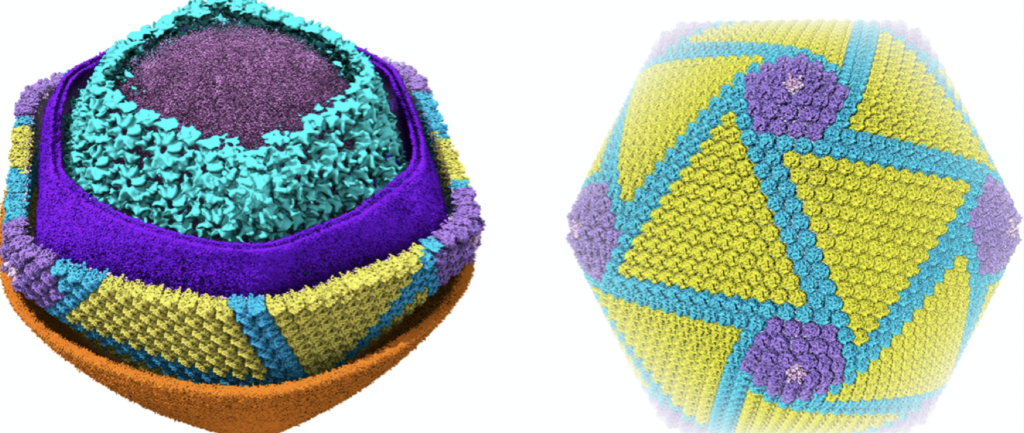
Graphene nanostructures provide path to quantum materials
GAO Hongjun and colleagues from CAS Institute of Physics have achieved atomically precise folding of graphene nanostructures through STM tip-induced manipulation technology. They were able to fold graphene nanoislands in an arbitrarily chosen direction, constructed bilayer graphene stacks withs a tunable twist angle and a tubular edge connection between the layers, and created intramolecular junctions of bicrystal graphene nanoislands. Atomically precise “origami” can be used for the construction of quantum materials and quantum devices.
CAS news release, January 16, 2020
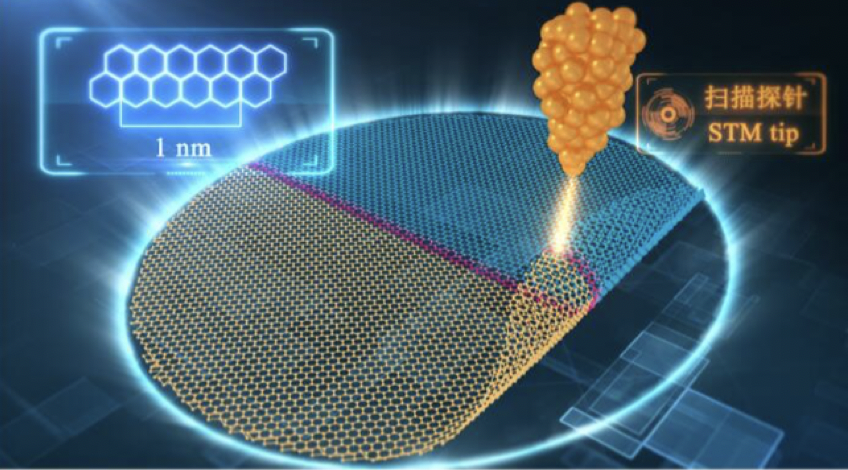
Solar energy to methanol pilot plant opened in Lanzhou
The project initiated by LI Can of CAS Dalian Institute of Chemical Physics combines hydrogen production by electrocatalytic water splitting with highly selective, carbon dioxide hydrogenation to methanol. Energy consumption is reduced to 4.0-4.2 kWh / m3 hydrogen. Carbon dioxide hydrogenation to methanol uses a bimetal oxide catalyst (ZnO-ZrO2). Methanol selectivity is greater than 90%, and degradation of the catalyst after 3000 hours of operation is less than 2%. A1,000-ton scale demonstration project was commissioned in the Green Chemical Park in Lanzhou New District.
CAS news release, January 17, 2020
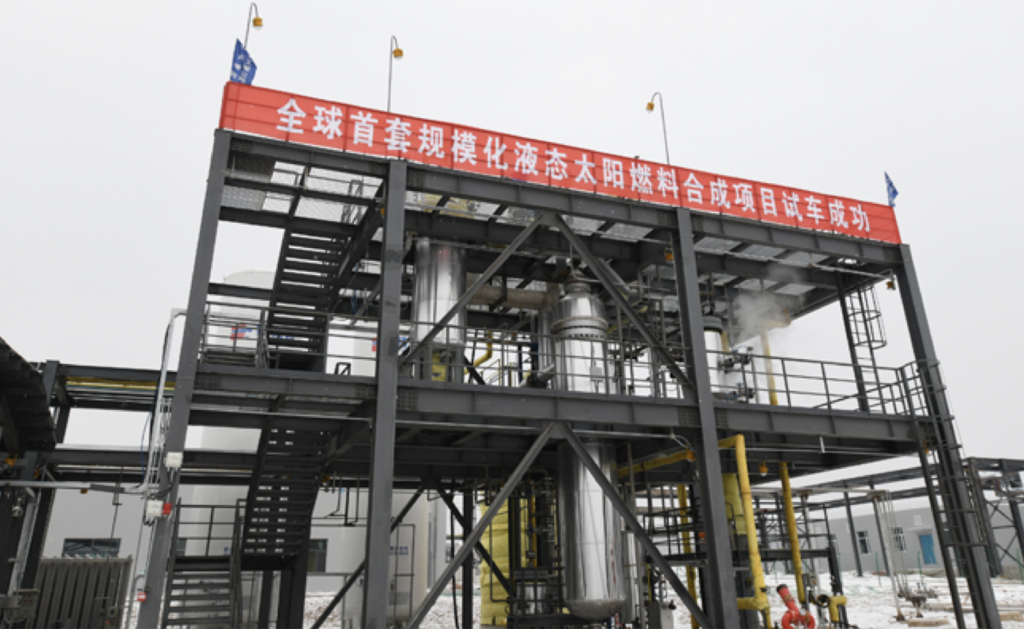
Quantum satellite “Micius” successfully tested for quantum communication
China’s quantum satellite QUESS (Quantum Experiments at Space Scale, nickname Micius), jointly developed by the University of Science and Technology of China, QuantumCTek Co., Ltd. and the Jinan Institute of Quantum Technology, was successfully linked up with a mobile quantum ground station and conducted an encrypted data transmission in Jinan, Shandong Province. The latest mobile version installed on a vehicle has been significantly reduced in weight and construction cost. The experimental quantum communication network in Jinan was further connected to the Beijing-Shanghai quantum communication backbone network.
Xinhua news release, January 2, 2020
Chinese consortium launches 10,000 protists genome program
The joint program of CAS Institute of Hydrobiology, Tibet University, Henan Agricultural University, CAAS Lanzhou Veterinary Research Institute, CAS Beijing Institute of Genomics and Huazhong University of Science and Technology starts out with over 3,000 species of eukaryotic algae and protozoa kept by CAS Institute of Hydrobiology and is scheduled to extend to 10,000 protists within 3 years. Its goal is to better understand biodiversity, the origin and evolution of multicellular organisms and sexual reproduction, and to push forward the research on environmental protection, nutrition and disease control.
Xinhua news release, January 3, 2020
Chinese hospital masters 3D printed tantalum knee implants
The incidence of osteoarthritis among Chinese is about 2.2 to 3.5 percent, with an upward trend. The First Hospital affiliated to Army Medical University (AMU) so far has conducted 27 clinical trials on knee implants based on customized 3D-printed porous tantalum. After 3D CT scan of a patient’s bone and bone defects, it takes only 72 hours to design a porous tantalum implant and 3D print the customized implant.
China Daily news release, January 6, 2020
State Power Investment and CCRC introduce China’s first hydrogen bus
Total length of the bus is 12 meters, hydrogen loading time is 15 minutes, and cruising range is over 600 km. Energy conversion efficiency is 53-55%, three times that of an internal combustion engine. The engine comprises a fuel cell system with an engine rated output of 60 kW and a mixed power supply system with 67 kW. The bus is produced in Ningbo, Zhejiang Province, and by 2025, Ningbo is planning to build from 20 to 25 hydrogen refueling stations for a target of 1,500 vehicles using them.
Yicai Global news release, January 3, 2020

Top scientific honors awarded to HUANG Xuhua and ZENG Qingcun
China’s highest ranked scientific award, the State Eminent Science and Technology Award, has been given to an engineer and a meteorologist. HUANG Xuhu played a key role in China’s nuclear submarine development. In December 1970, China launched Long March I, becoming the fifth nation to have a nuclear submarine. ZENG Qingcun, a renowned atmospheric scientist, helped modernize China’s weather forecast systems and meteorological satellite remote sensing technologies. The prize money is 8 million yuan ($1.14 million) for each receipient.
China Daily news release, January 10, 2020
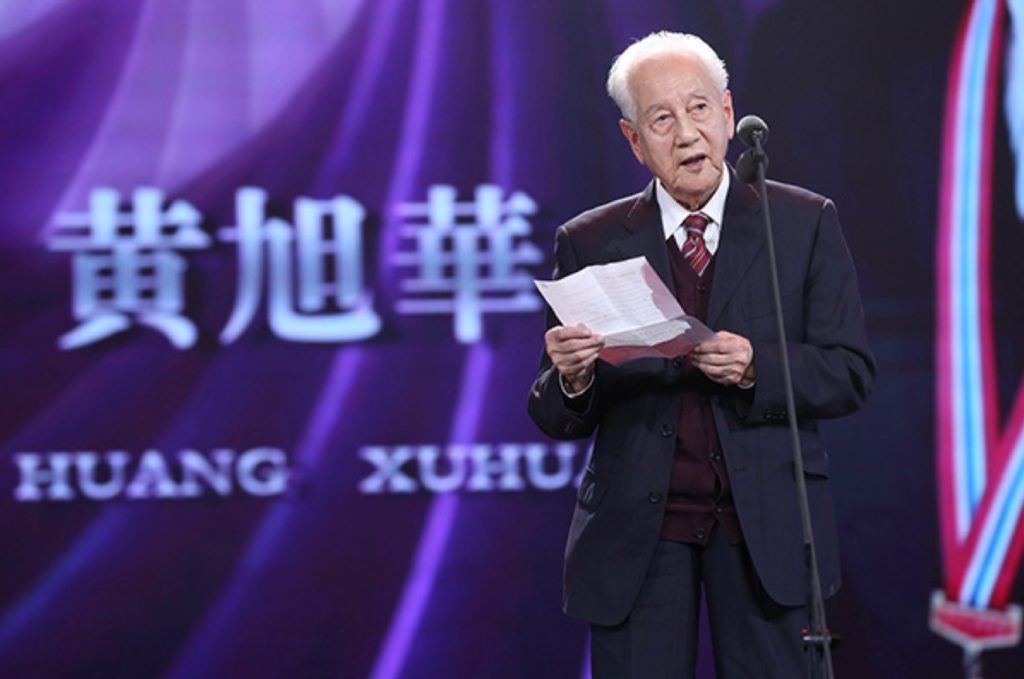

China’s surface water quality improves
MA Ting and ZHOU Chenghu from the CAS Institute of Geographic Sciences and Natural Resources Research have analyzed COD and nitrogen pollution across surface waters in China during a 15 year period. They conclude that concentrations of these two pollution parameters declined at the national level by 63 and 78%, respectively, during this period.
https://advances.sciencemag.org/content/6/1/eaau3798

China Meteorological Administration releases “One Belt, One Road” urban weather service network
Through the public website http://ydyl.cma.gov.cn/ , 137 cities and regions along the belt and road can be accessed for a five-day weather forecast. Temperature, wind direction, wind speed, precipitation, etc. are updated every 12 hours. The information is based on photos of the Fengyun series of meteorological satellites and other climate-related materials for each city and region.
Science Daily news release, January 2, 2020
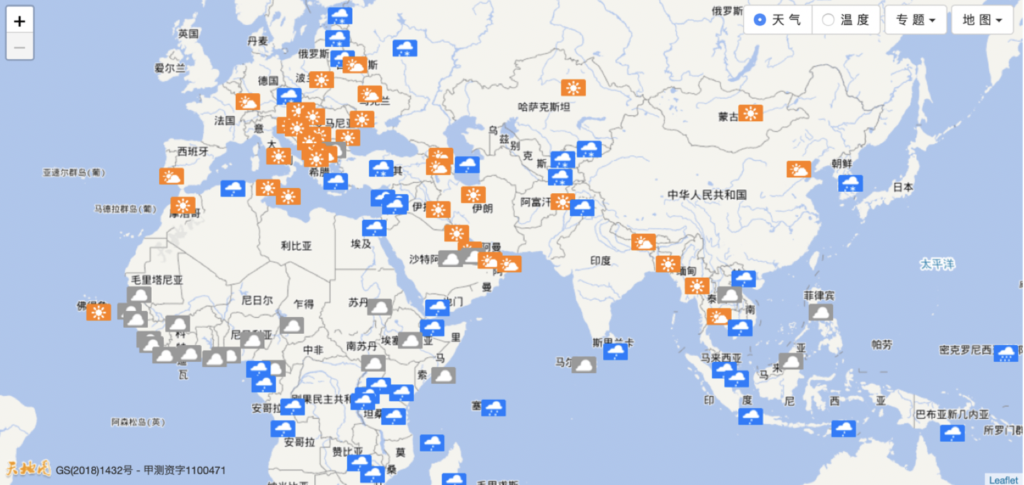
CAS Shenyang Institute of Automation achieves first success in solar sail technology
The solar sail is a spacecraft powered by the reflected light pressure of the sun on the film. It does not consume additional chemical fuel during the voyage. Features are a small mass, low cost, low power consumption, and long range. “Tianfan-1″ is a solar sail developed by the CAS Shenyang Institute of Automation and was launched by a Xiaoxiang-1 satellite 07 on August 31. “Tianfan-1” has recently carried out a series of key technical tests on unfolding and assembling and will provide technology for solar sail research and development at a larger scale.
CAS news release, December 30, 2019
